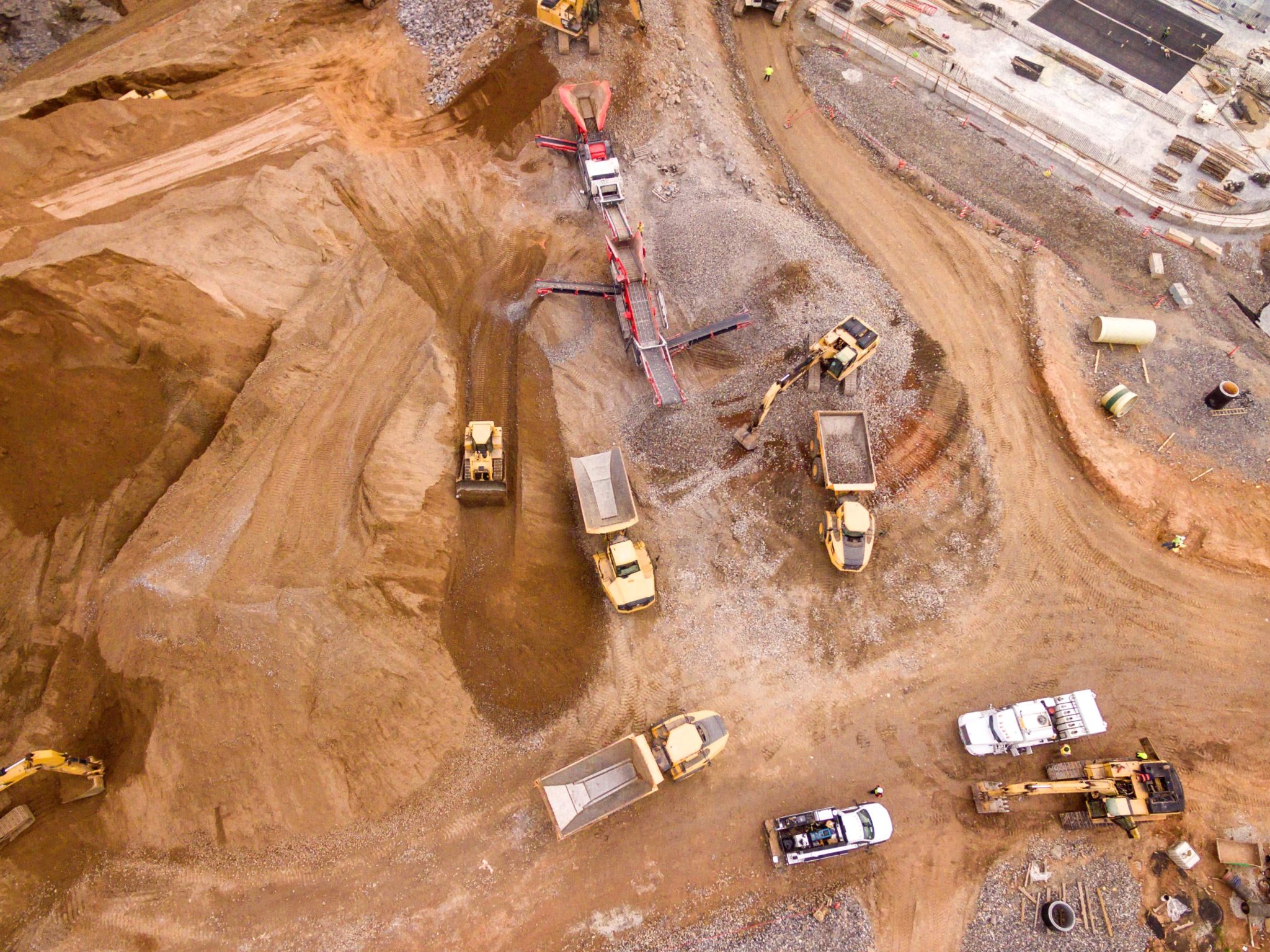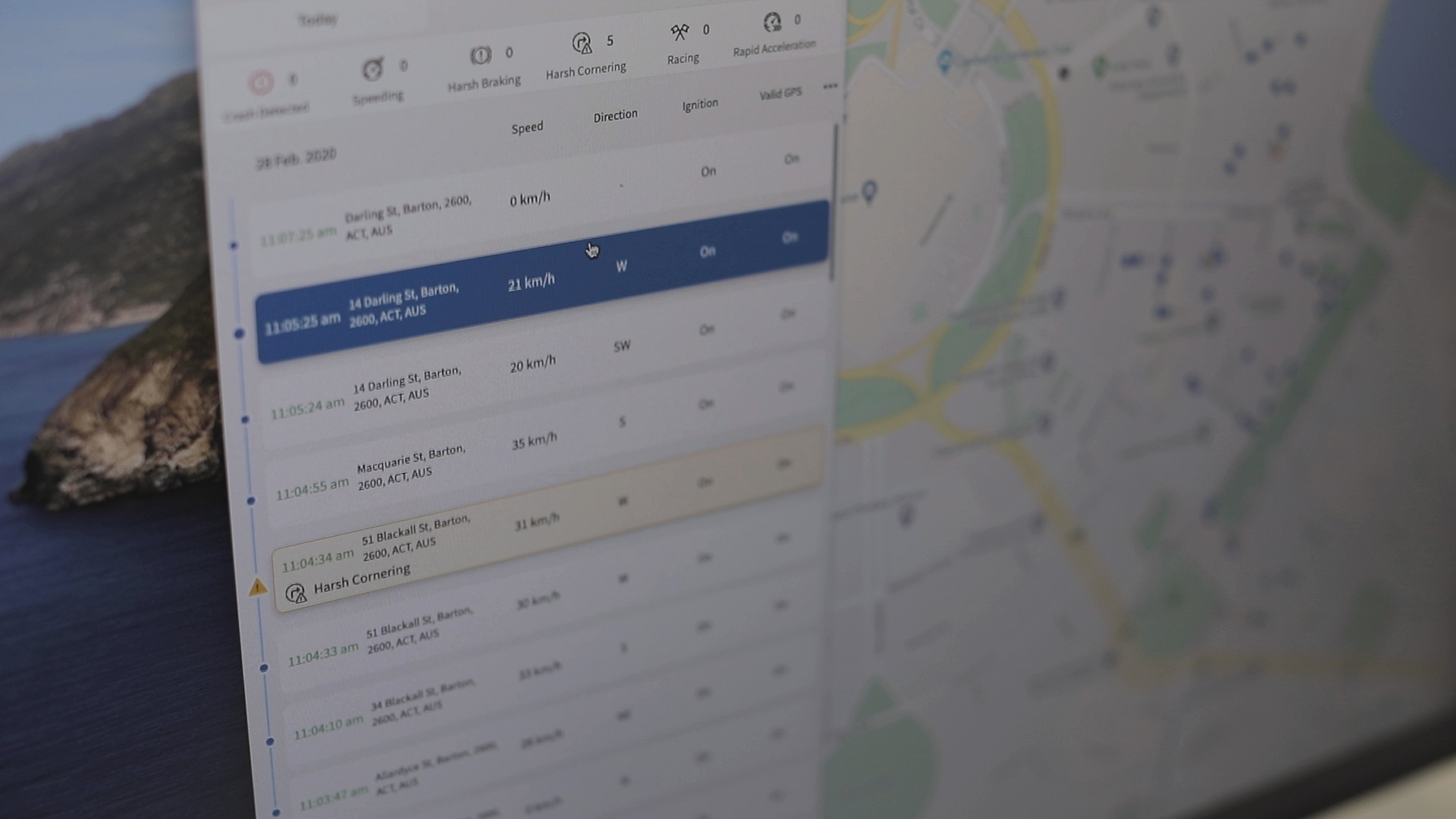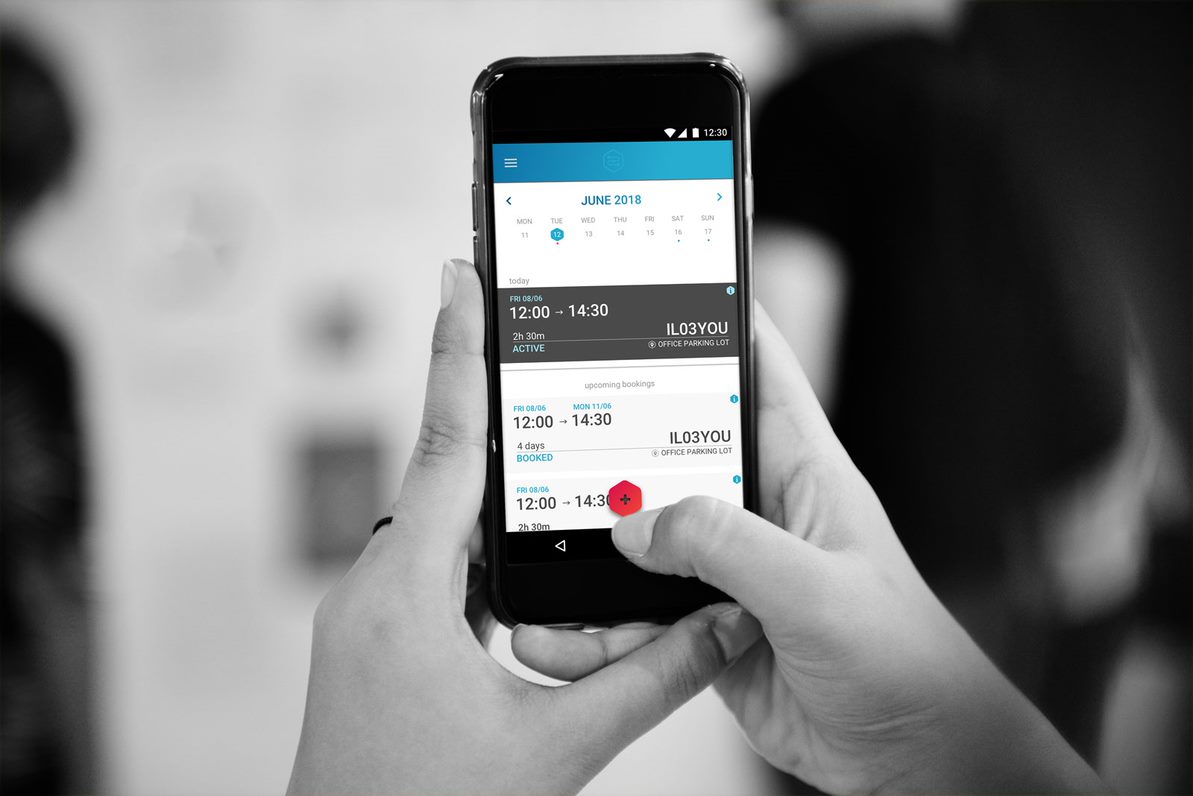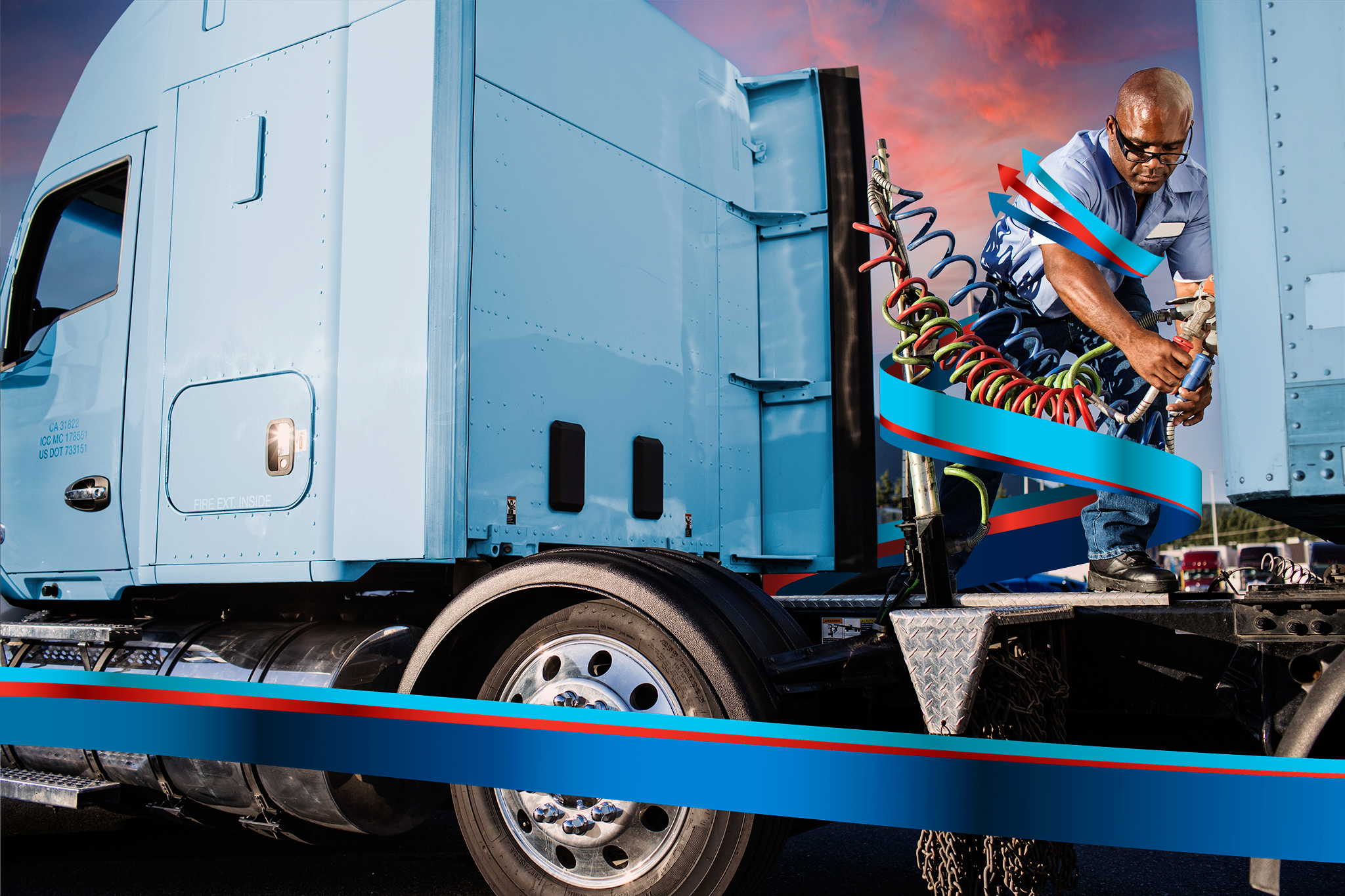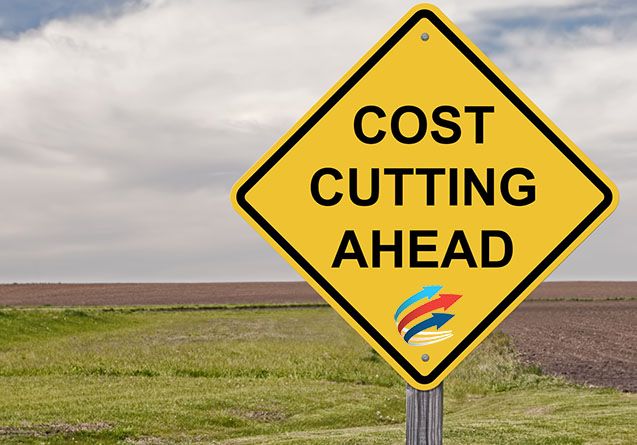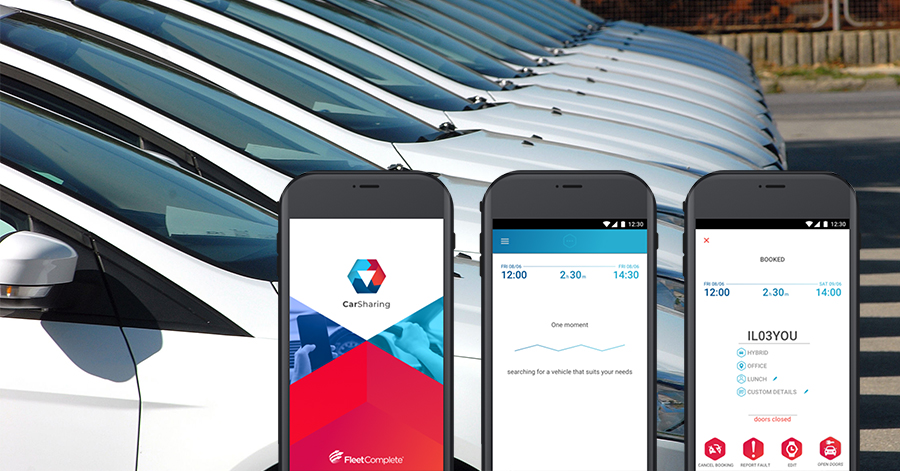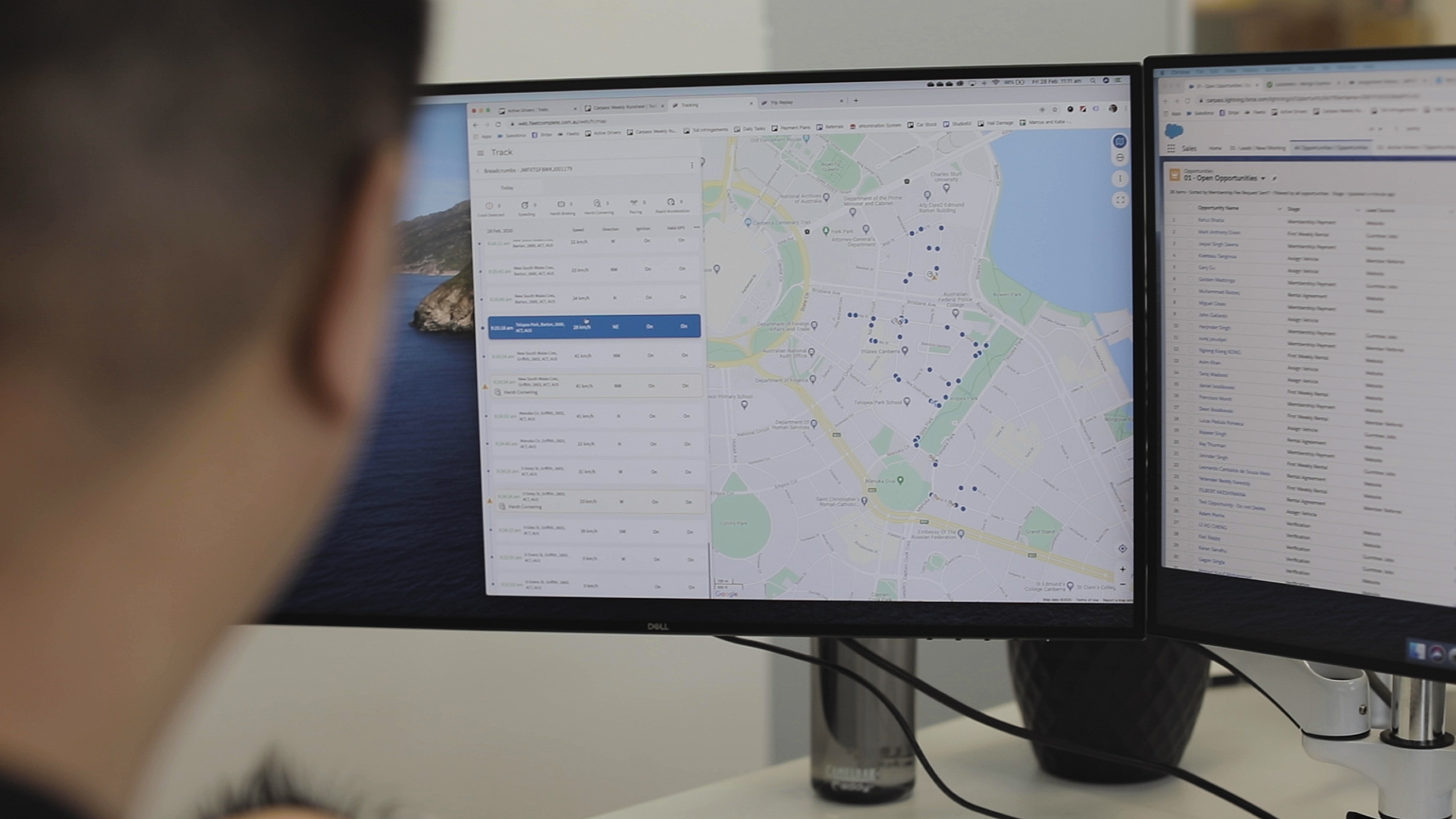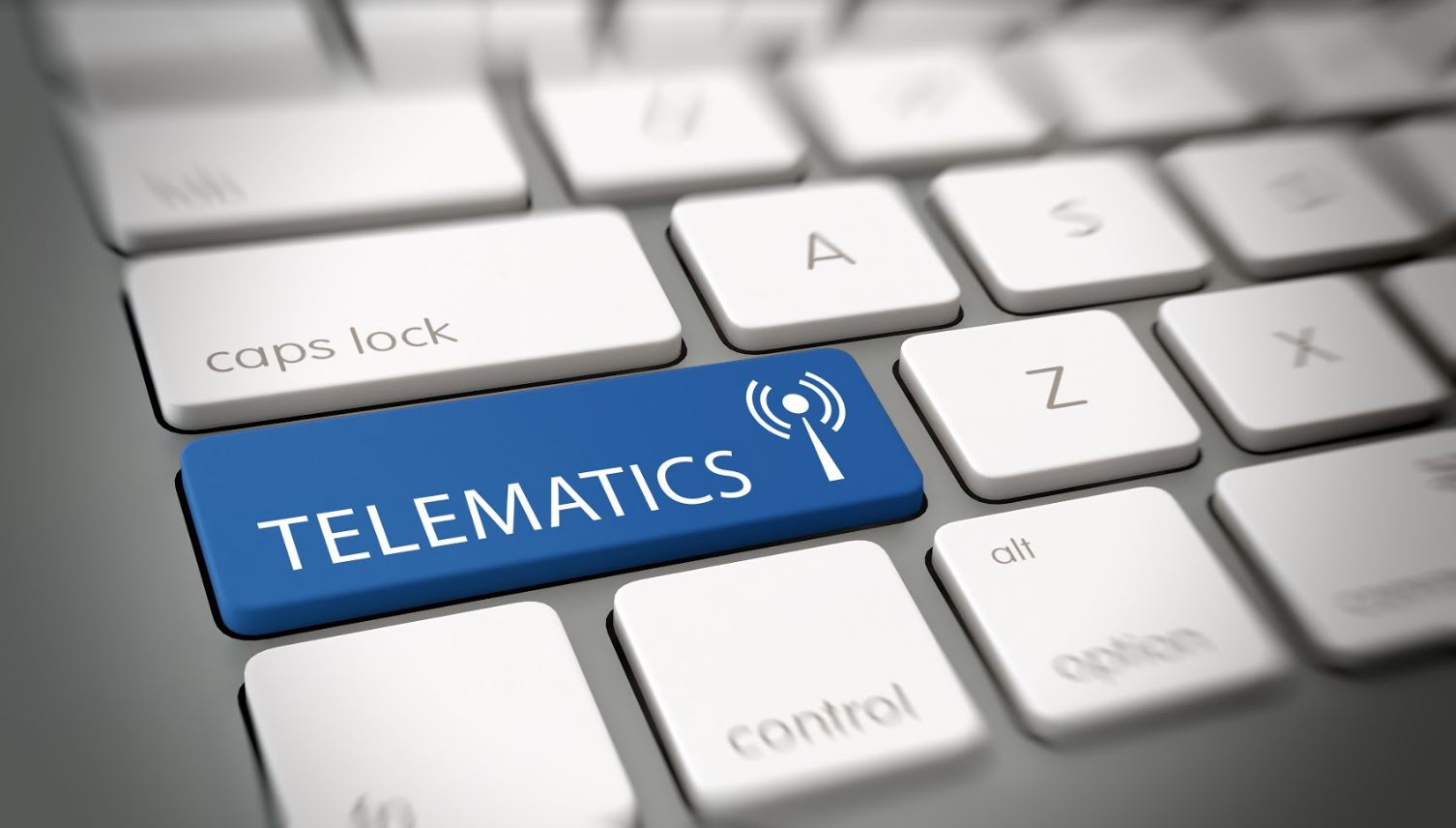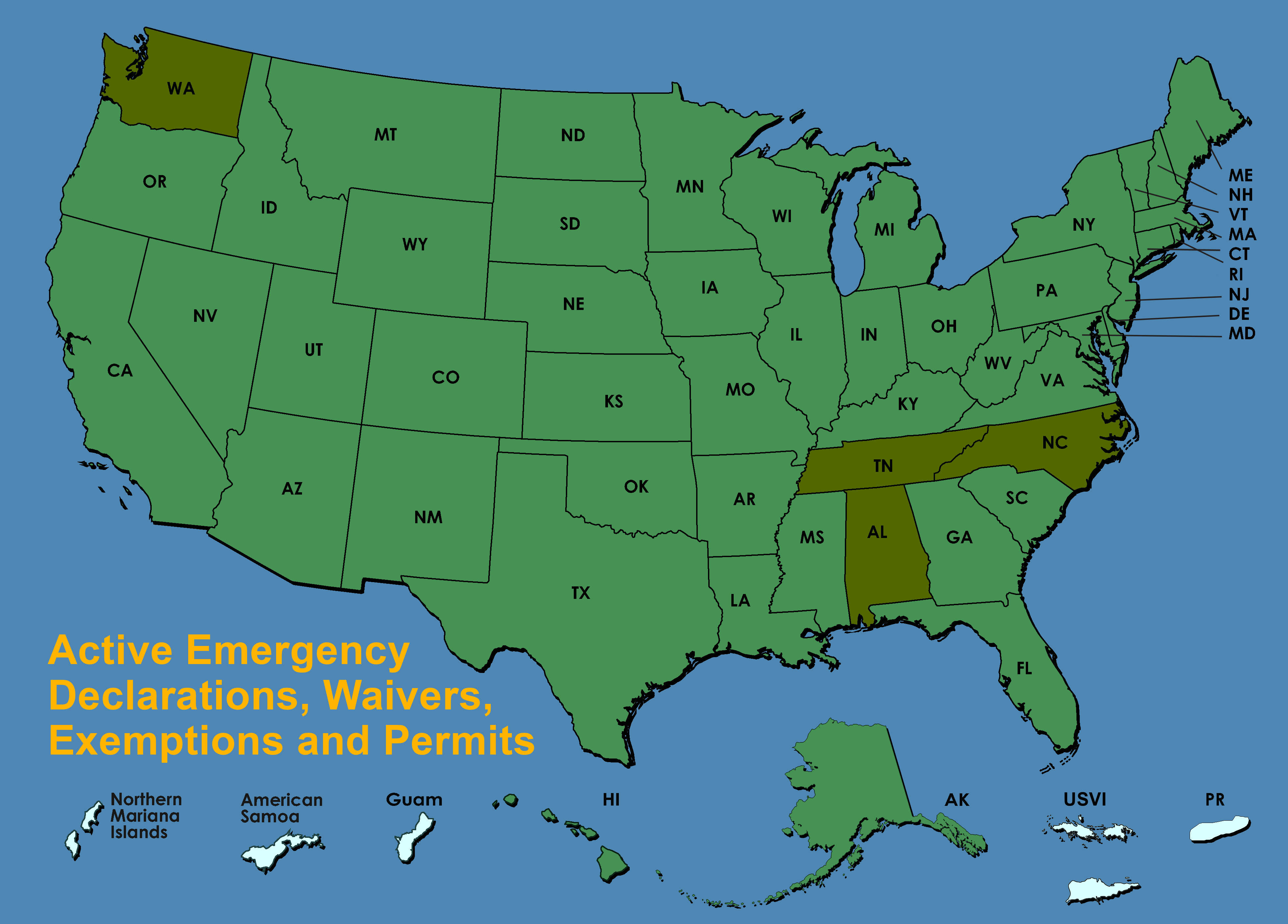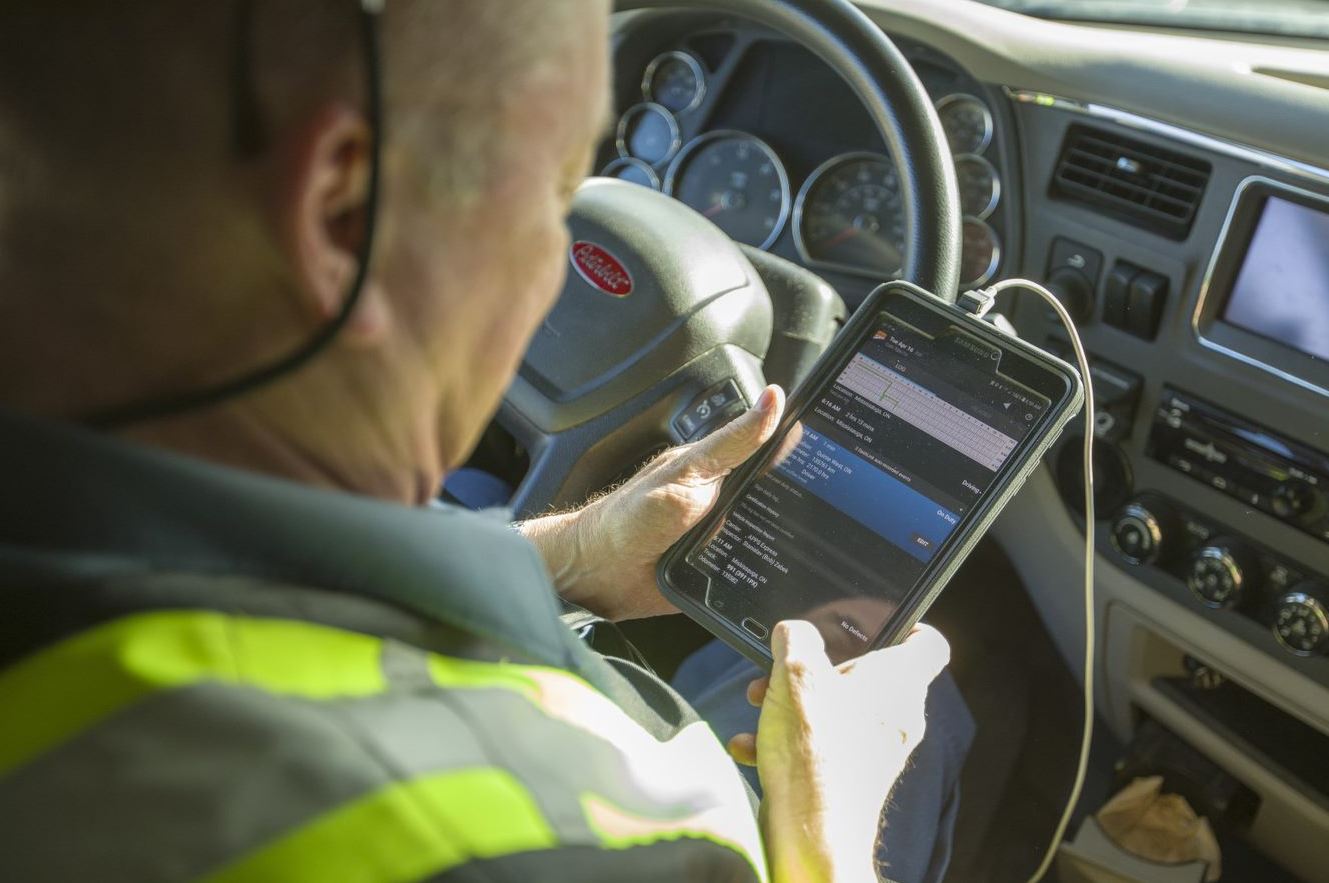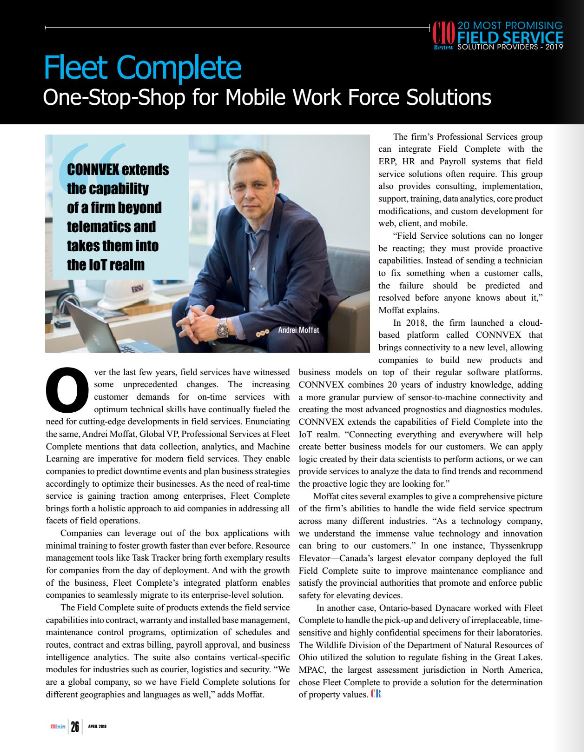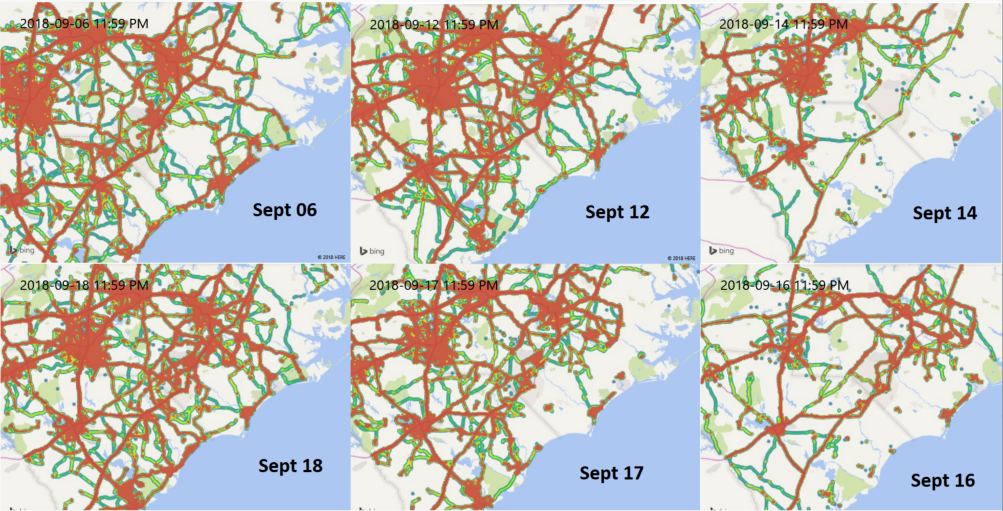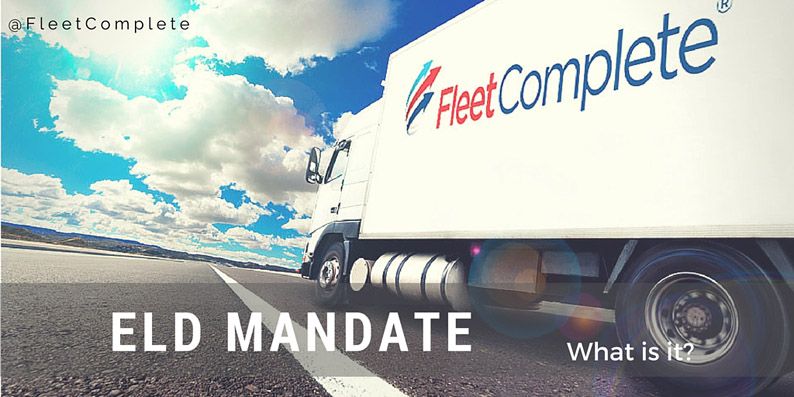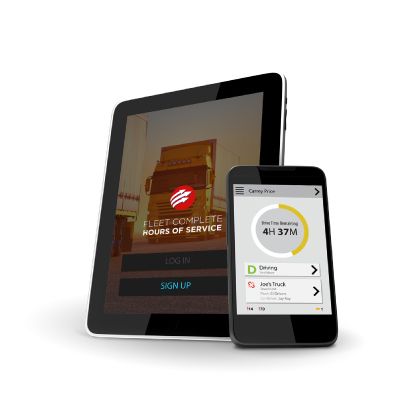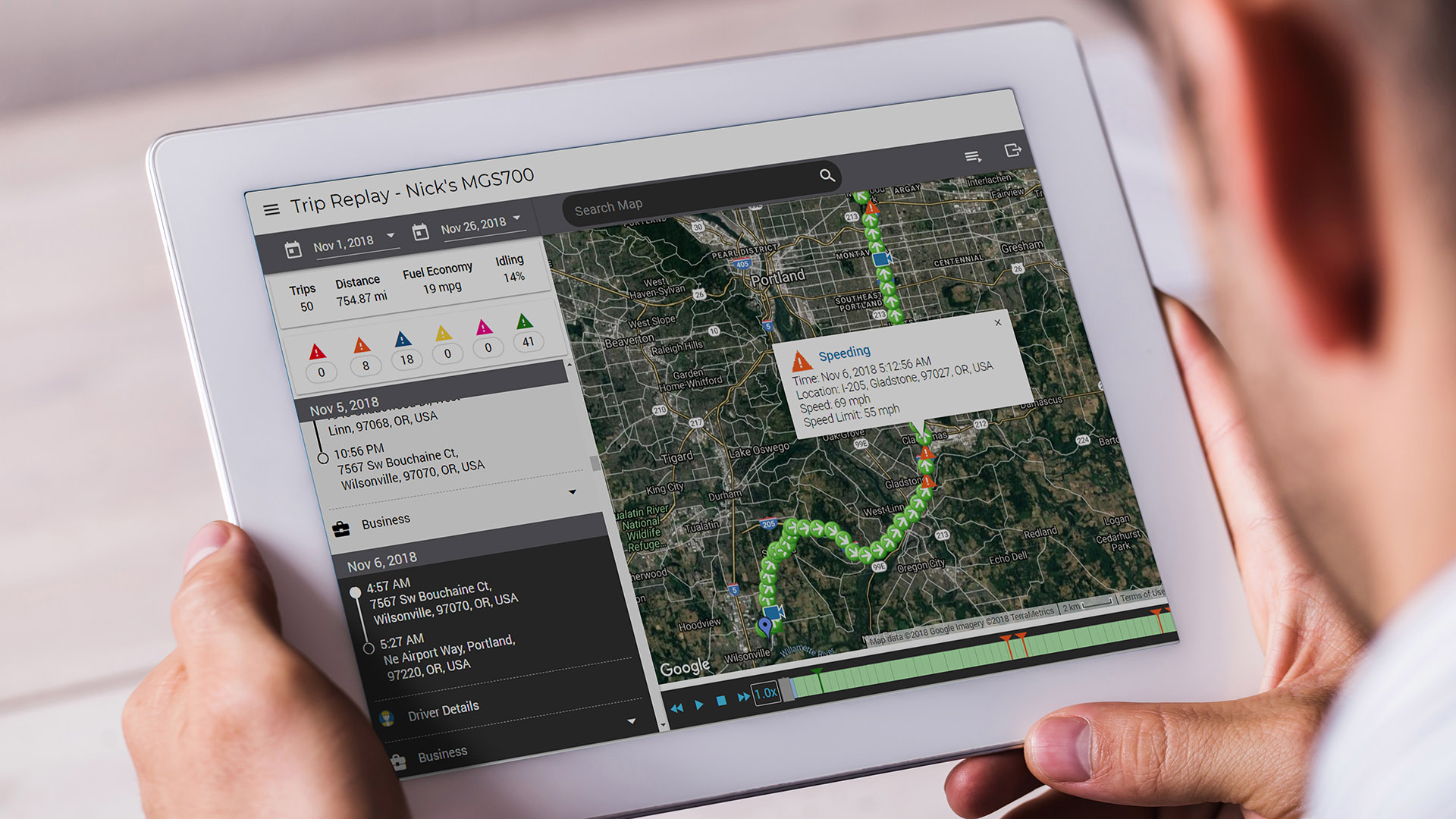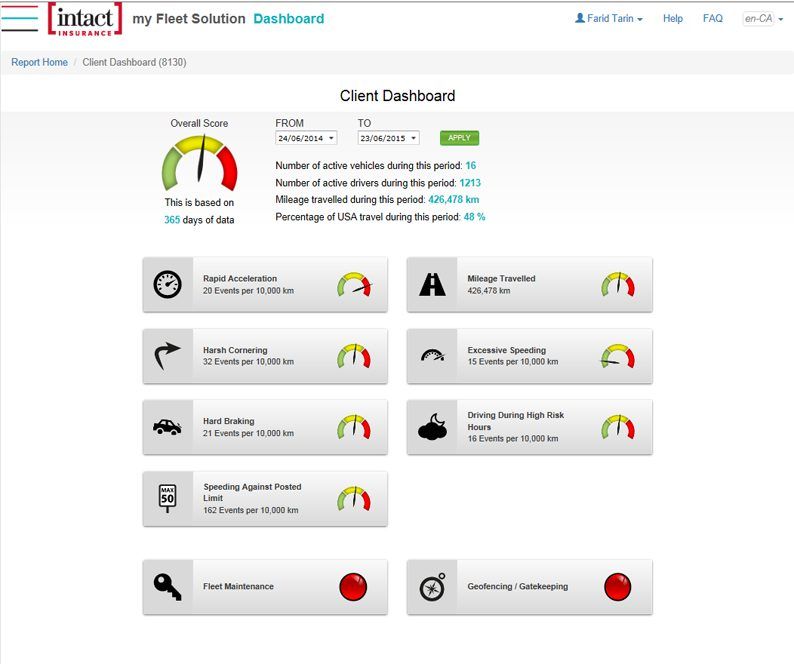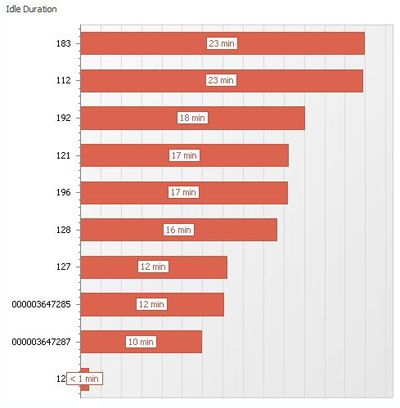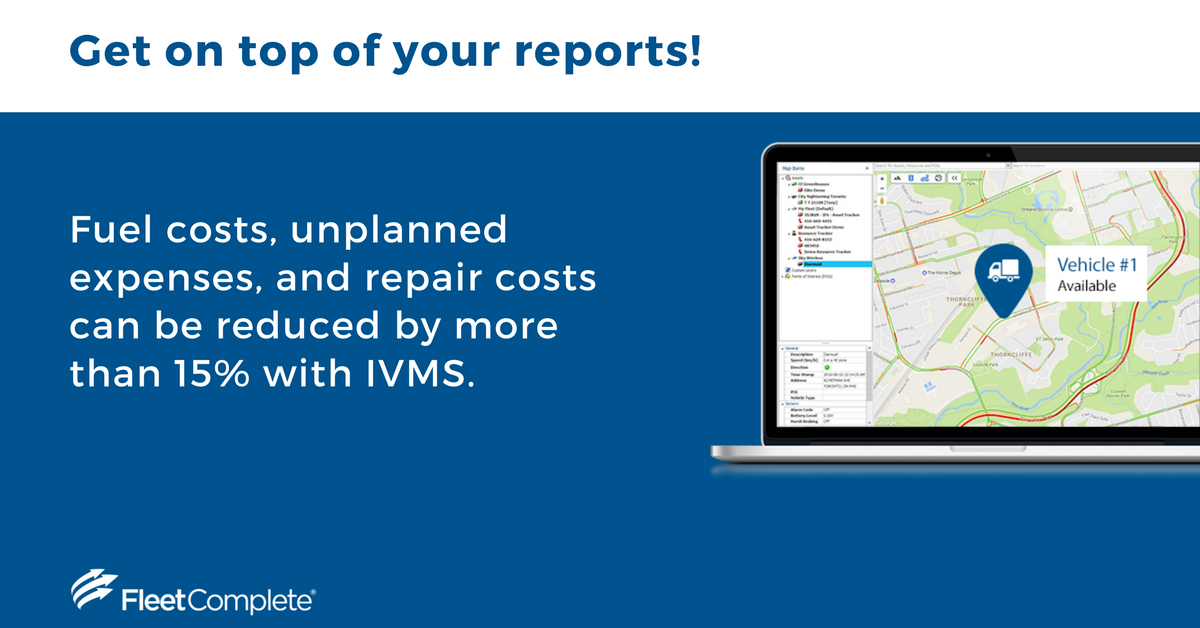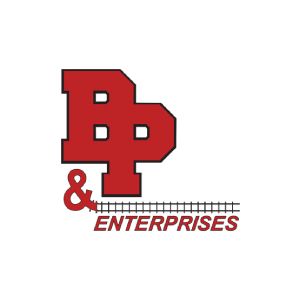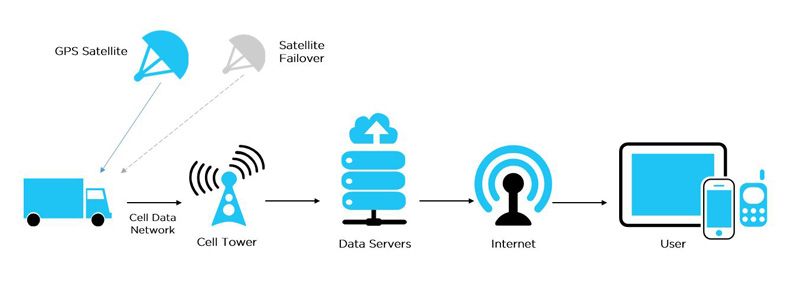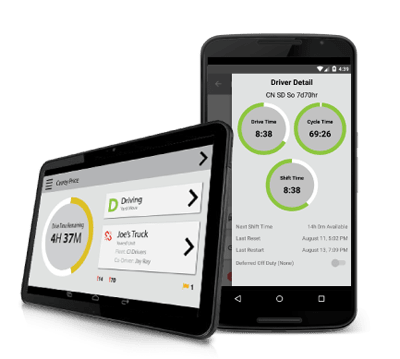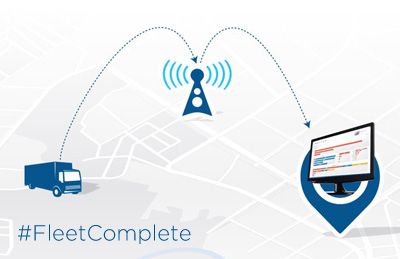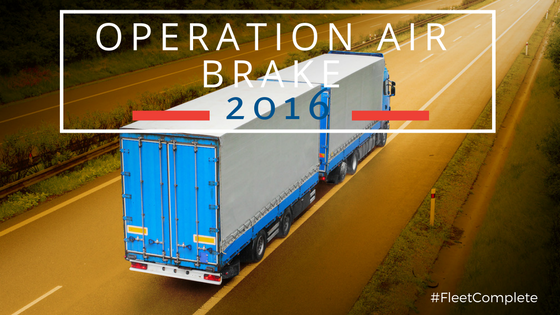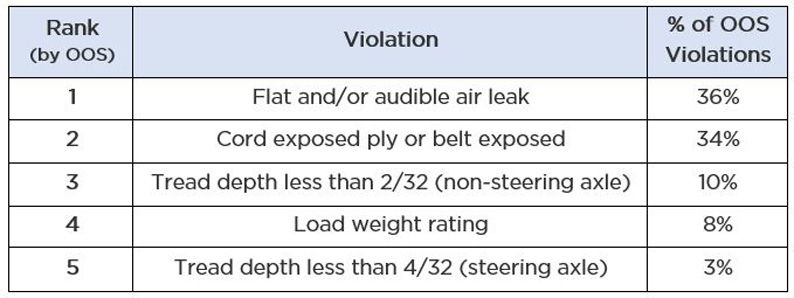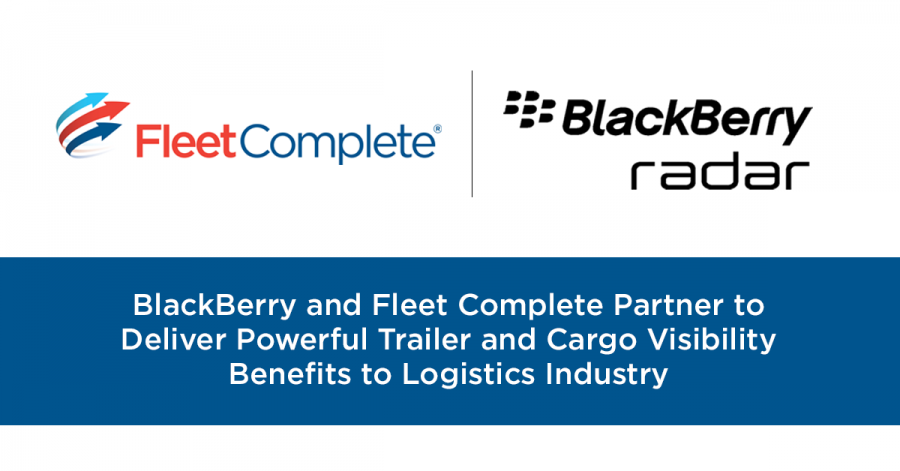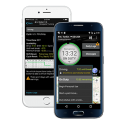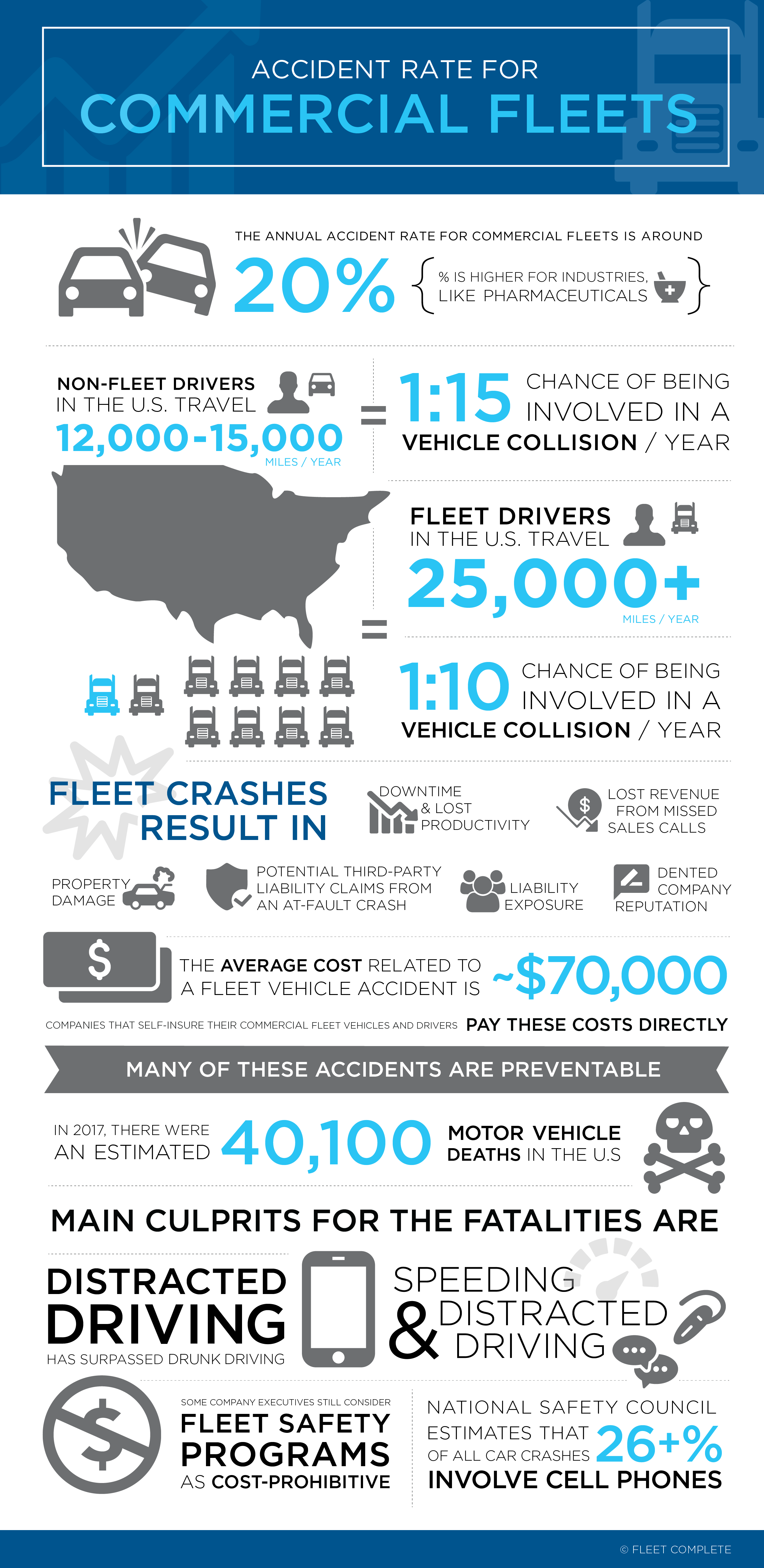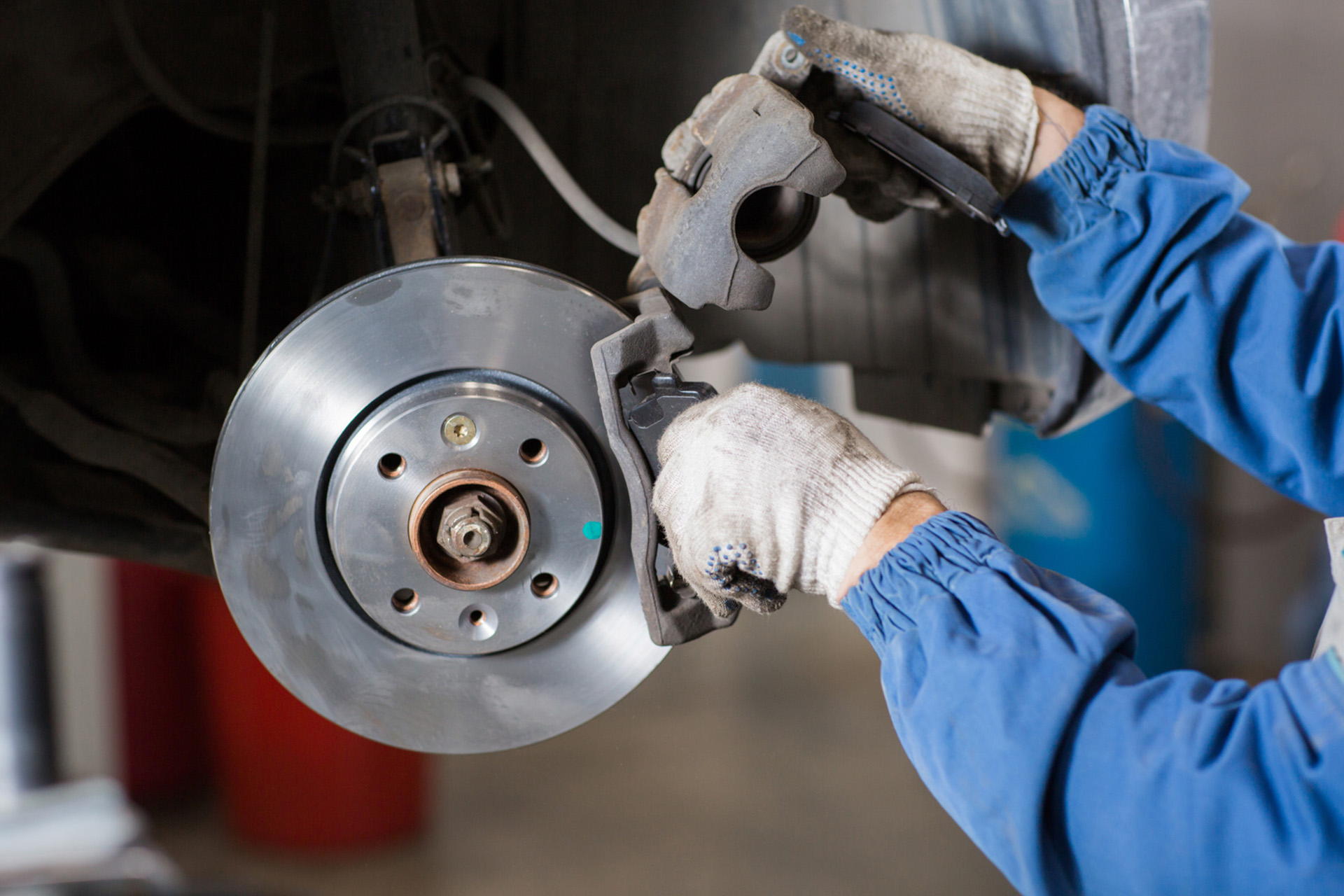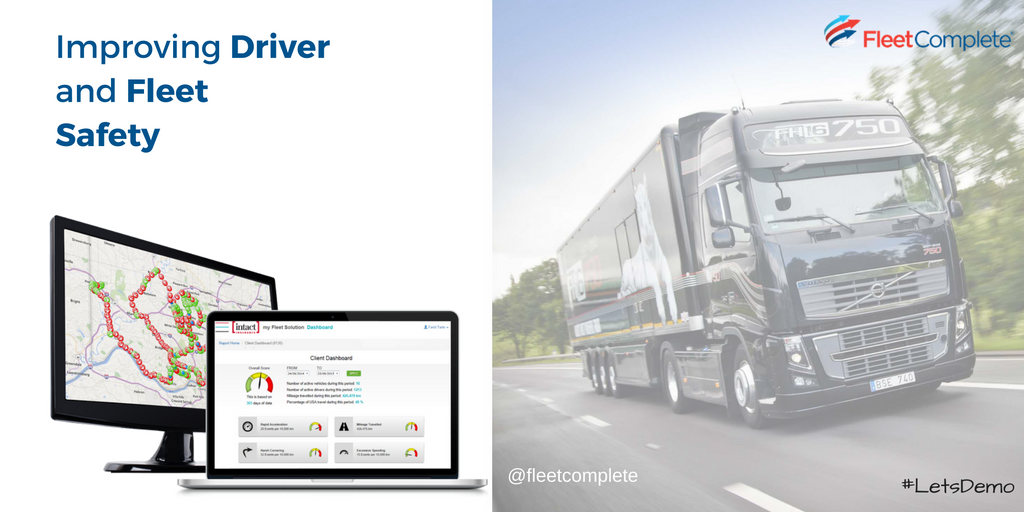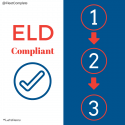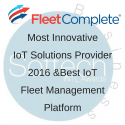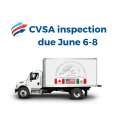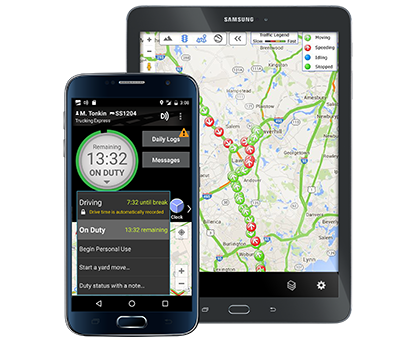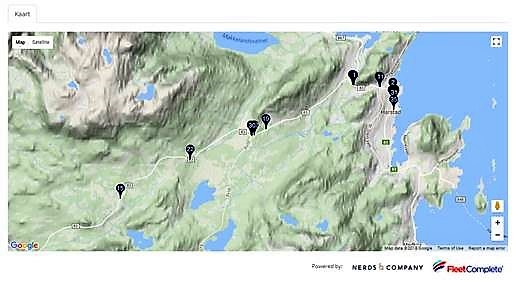
Did you know that 68% of small carriers say rising costs are their top challenge? This statistic highlights the importance of leveraging any technology that can help small fleet businesses cut expenses and keep ahead of the competition.
One such technology many organizations are using is asset tracking software that automatically keeps track of equipment and assists day-to-day fleet management tasks.
From equipment recovery to streamlined operations, this post will show how an asset tracking tool can improve operational efficiency, reduce expenses, and benefit your bottom line.
The Unique Challenges of Small Fleet Owners
To fully understand the benefits of asset tracking, we must recognize the challenges that small businesses face. At the top of the list is cash flow and capital.
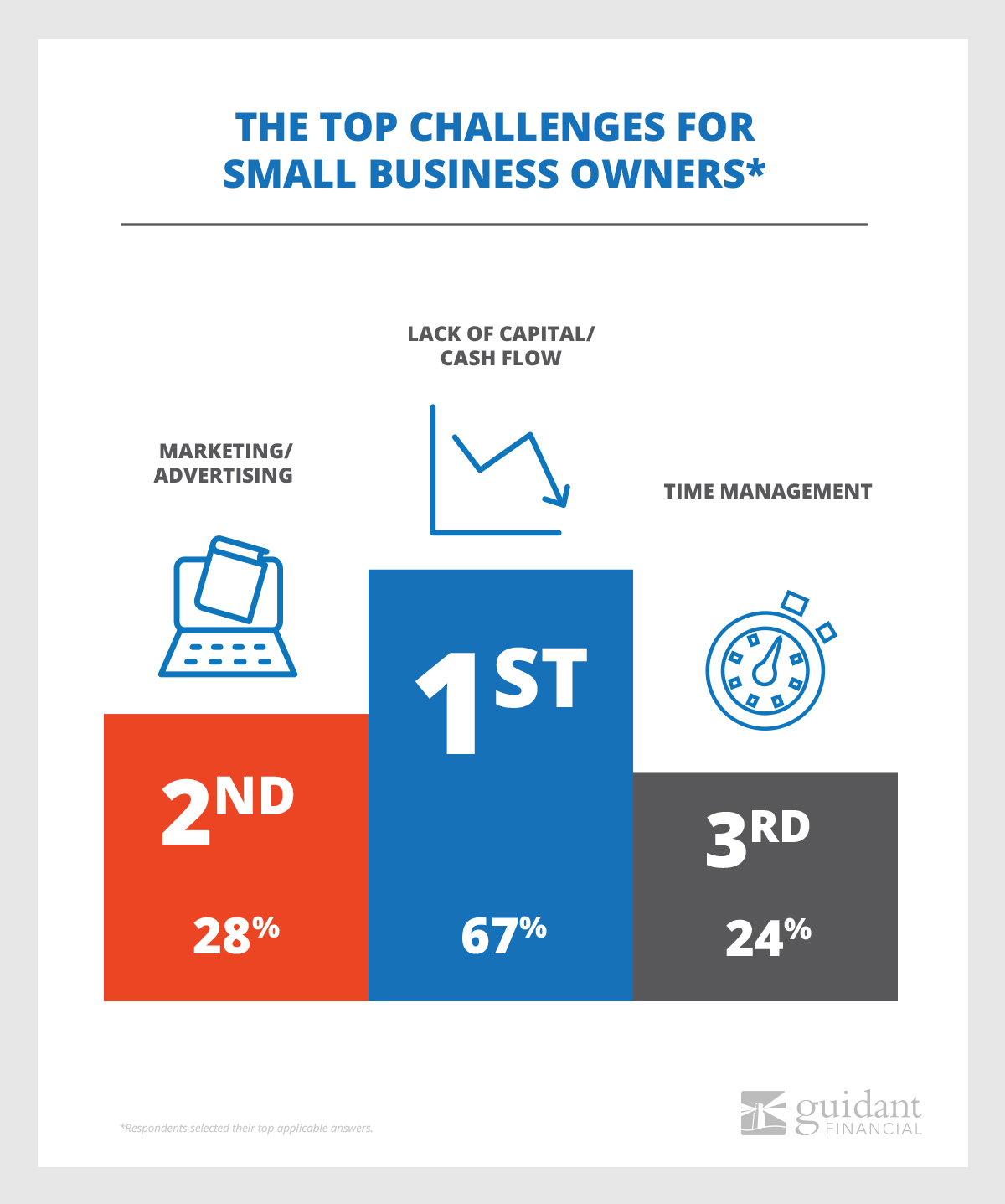
Listed below are obstacles that a lack of capital creates but can be overcome with asset tracking:
Fewer Vehicles
Yes, this does mean fewer assets to track—which is a plus. However, it also means that if a vehicle goes missing or requires downtime maintenance, the chances of having a replacement are unlikely. This emphasizes the importance of keeping up with the status of your existing vehicles – which fleet tracking hardware and software makes simple.
A Smaller Workforce
A smaller workforce means fleet managers, administrators, and office personnel are likely taking on additional responsibilities. With a workforce’s attention pulled in many directions, manually keeping track of asset inventory can be difficult. This is where the automation from tracking software comes in handy to help reduce putting unnecessary strain on employees.
With asset tracking devices that install in seconds, you can track any of your expensive tools or equipment online, see how and when they’re being used, or if they’re not where they’re supposed to be. These trackers also integrate with Powerfleet’s (formerly Fleet Complete) vehicle-tracking platform, so you can have your fleet and assets show on one screen.
Tighter Budgets
If something does go missing, a smaller business might not have the funds needed for a replacement. However, with asset tracking, you can help reduce theft and avoid a costly replacement that may put you over budget.
Being able to quickly recover your lost or stole assets – whether it’s vehicles or equipment – makes a big difference financially as well as helps ensure your insurance premiums don’t go up.
The True Cost of Missing An Asset
When you lose an important vehicle or piece of equipment, it costs you in time billable time and replacement money.
It could also mean disappointed clients, unfinished jobs, and bad reviews—which has a long-term negative impact on your business. 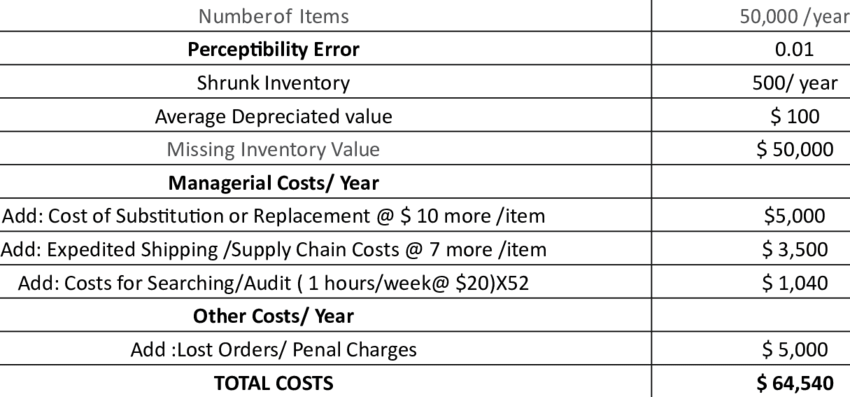
As shown above, the cost of a missing item has huge financial knock-on effects (Image Source).
Fortunately, fleet and asset management software can help managers keep a tighter grip on their assets.
Tracking asset information on paper is a recipe for disaster. Paper gets lost, managers forget to write things down (we’re only human, after all), and mistakes happen.
With tracking software, every asset – moving or stationary – is accurately tracked in real-time with laser-sharp accuracy. This way, managers are able to both monitor and retrieve data when needed. If something goes missing or is unaccounted for, fleet managers can monitor the situation as it unfolds and contact the driver or, if necessary, alert the authorities.
Automating asset tracking saves you time and improves operational efficiency. This also benefits your customers, as with fewer assets going missing, fewer jobs will be interrupted due to downtime. As every manager knows, sales generation and cutting expenses go hand in hand in increasing profitability.
With an asset tracking system, you can achieve the following:
Stay on top of your assets with minimal effort due to the automated nature of tracking systems
Remove the guesswork from managing your assets and increase confidence
Improve collaboration and efficiency throughout the entire workforce due to shared asset information online
Save money by reducing costs associated with downtime, repairs, and replacement
Achieve peace of mind so you can spend more time focusing on what’s important: managing your business
Tips for Choosing a Fleet Management Solution as a Small Business
When choosing a fleet management solution, remember to think carefully about which features are needed. If you choose a solution with too many features, you’ll end up paying for unnecessary things. However, if you go too basic, you may lack scalability when your business grows.
There are a wealth of fleet management systems on the market, each with its unique features. Some are more comprehensive, while others are at the more basic end of the spectrum and might not meet your needs.
Some features to look out for:
- Excellent customer support that will be responsive to your requests
- GPS tracking capabilities
- Reliable connectivity
- Easy integration
- A clean, easy-to-read interface
- Good security measures in place
- Apps to make inspections quick and easy
- Features that track idling, harsh braking, speeding, and other bad driving habits
Many fleet management providers allow you to install the technology on a few vehicles for a set period. This allows you to familiarize yourself with the interface, gather data, and see whether it meets your objectives.
If you want to find out how fleet tracking software can help you streamline operations, track your equipment, and save you time and money, learn more by requesting our Powerfleet (formerly Fleet Complete) demo to tell our experts about your goals.





